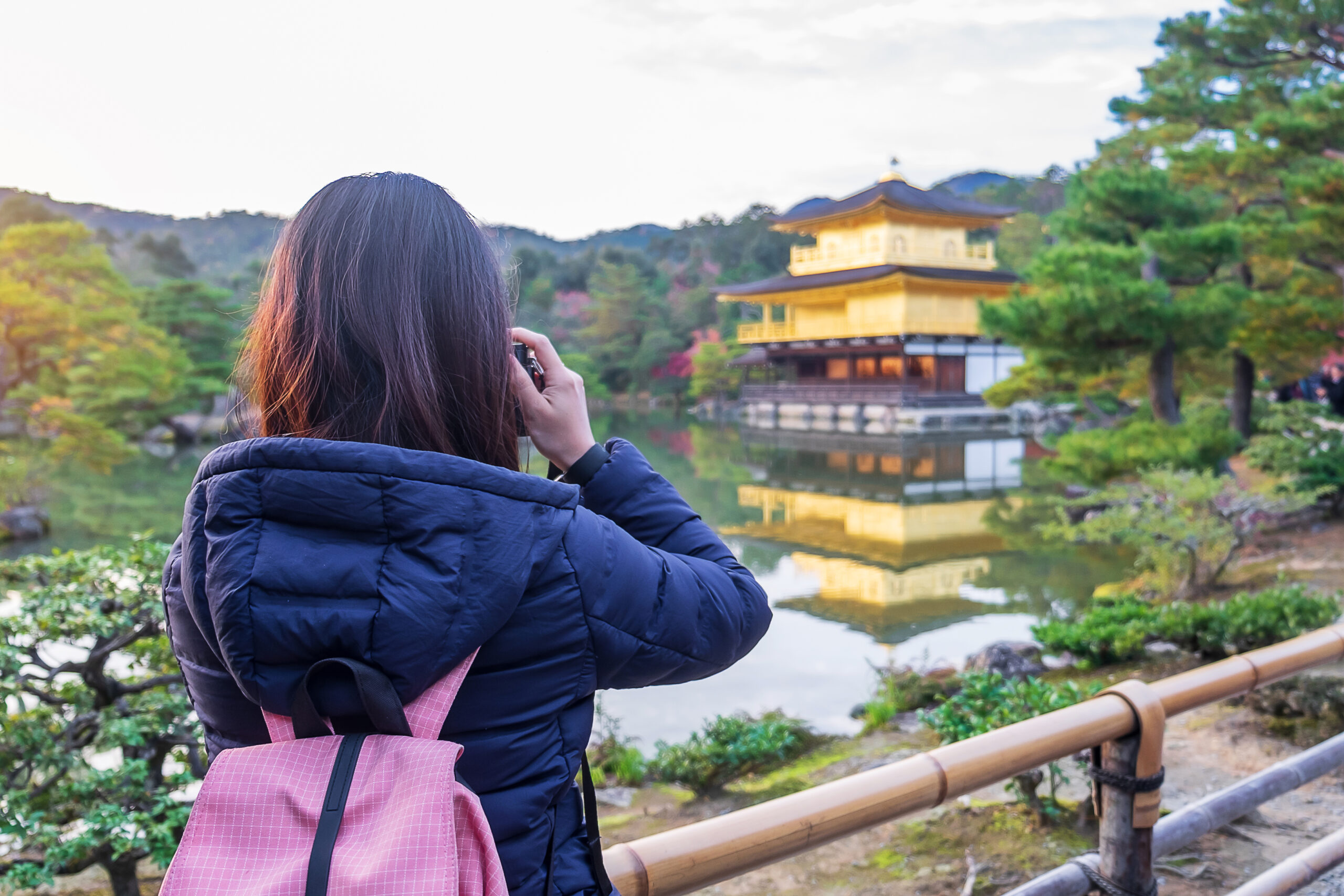Embarking on a journey to Japan is not just a geographic movement but a dive into a deep and rich cultural pool. The nation is celebrated for its blend of ancient traditions and cutting-edge modernity, a place where etiquette forms the backbone of social interactions. For visitors, understanding and respecting Japanese customs is not only a sign of politeness but also an integral part of experiencing the country authentically. This guide aims to navigate through Japan’s etiquette maze, ensuring travelers can interact with locals gracefully and appreciate the cultural nuances that make Japan uniquely captivating.
1. Embarking on a Cultural Journey: Japan’s Etiquette
Japan’s etiquette is a complex tapestry woven from its history, values, and collective identity. For the uninitiated, it may seem daunting, but at its heart, Japanese manners are about respect, humility, and consideration for others. Visitors are not expected to know or understand all the nuances, but showing a willingness to learn and adhere to basic protocols can significantly enhance mutual respect. From bowing to the correct usage of chopsticks, each action in Japan is laden with meaning, making the effort to understand these etiquettes a crucial step in truly experiencing the country’s culture.
2. First Impressions: The Art of Japanese Greetings
In Japan, greetings are an essential part of social interactions, often characterized by a bow rather than a handshake. The depth and duration of the bow can vary based on the situation and the relationship between the people involved. Saying “hello” in Japanese varies by time of day: “Ohayou gozaimasu” in the morning, “Konnichiwa” in the afternoon, and “Konbanwa” in the evening. It’s also polite to say “Hajimemashite” when meeting someone for the first time, which means “Nice to meet you.” These simple yet meaningful gestures pave the way for respectful and positive interactions.
3. The Dos and Don’ts of Japanese Dining Etiquette
Japanese dining etiquette is an area where visitors can easily falter. Key dos include using chopsticks properly, not pointing with them, and placing them on the chopstick rest when not in use. It’s customary to say “Itadakimasu” before eating, expressing gratitude for the meal. Conversely, do not pass food directly from your chopsticks to someone else’s, as this is reminiscent of a funeral rite. Slurping noodles is acceptable and indicates appreciation of the dish. Understanding these dining customs not only shows respect but also enhances the culinary experience.
4. Mastering the Bow: A Guide to Respectful Interactions
The bow is a cornerstone of Japanese etiquette, embodying respect and gratitude. Its significance varies with the context, from a casual nod of the head to a deep bend at the waist for more formal or apologetic situations. The subtleties of bowing – the angle, duration, and repetition – can convey different messages and emotions. For visitors, a sincere, slight bow is a versatile gesture that can be used in most situations, showing respect and appreciation for Japanese customs.
5. Navigating Public Spaces: Etiquette on the Go in Japan
Respect and consideration extend into public spaces in Japan, where order and cleanliness are highly valued. When using escalators, stand on the left and allow room on the right for others to pass – except in Osaka, where the opposite is the norm. Speaking quietly on trains, not using phones for calls, and queuing orderly for public services demonstrate respect for shared spaces. Littering is highly frowned upon, with most locals carrying their trash until they find a suitable disposal area. These practices ensure a harmonious and pleasant environment for everyone.
6. Gift-Giving in Japan: Rituals of Appreciation and Respect
Gift-giving in Japan is a deeply ingrained practice, laden with tradition and etiquette. Presents are given to express gratitude, celebrate milestones, and honor connections, often wrapped meticulously to show care and respect. It’s crucial to give and receive gifts with both hands, symbolizing the importance of the gesture. Avoid gifts in sets of four, as the number is associated with death. When receiving a gift, it’s polite to modestly refuse at first, showing humility before acceptance. Understanding this complex ritual enhances interpersonal relationships and reflects an appreciation for Japanese cultural nuances.
7. Dress Code Decoded: What to Wear in the Land of the Rising Sun
Appropriate attire in Japan varies by occasion, season, and location, but cleanliness and neatness are universally respected. While traditional wear like kimonos for special events and temples is celebrated, everyday fashion leans toward conservative and modest choices. In business settings, suits and formal wear are standard. When visiting shrines or homes, removing shoes is customary, reflecting cleanliness and respect for indoor environments. Adhering to these dress codes not only shows respect for Japanese customs but also enables visitors to blend more seamlessly into the cultural landscape.
8. The Silent Language: Understanding Non-Verbal Cues in Japan
Non-verbal communication is a critical aspect of Japanese social etiquette, where silence and body language speak volumes. Maintaining a respectful distance, avoiding direct eye contact in deferential situations, and observing personal space are key components. Silence is often used to convey agreement, contemplation, or deference, and is not necessarily an invitation to fill the void with conversation. Understanding these silent cues can help avoid misunderstandings and foster smoother interactions in both social and business settings.
9. Public Transit Protocol: Manners on Japanese Trains and Buses
Public transit in Japan is renowned for its efficiency, cleanliness, and punctuality, with etiquette playing a significant role in this reputation. Priority seating is strictly respected for the elderly, pregnant women, and those with disabilities. Loud conversations, eating, and phone calls are discouraged to maintain a quiet, comfortable environment for all passengers. Understanding and adhering to these protocols not only contributes to the orderly nature of Japanese transit but also enhances the travel experience for everyone involved.
10. The Importance of Silence: Respecting Quiet Spaces in Japan
Quiet spaces in Japan, such as temples, gardens, and even some restaurants, are places for reflection and escape from the bustling outside world. Visitors are expected to honor the tranquility of these spaces by speaking softly, if at all, and by minimizing noise from electronic devices. This respect for silence extends to the appreciation of nature and the surroundings, allowing for a deeper connection with the environment and fostering a peaceful coexistence.
11. Tipping in Japan: To Give or Not to Give?
Tipping is not a common practice in Japan and can sometimes be considered rude or confusing. Services are provided with pride and excellence, with the belief that the best service is expected and not something to be additionally compensated for with tips. If you feel compelled to express gratitude for exceptional service, doing so verbally or through a small, thoughtful gift is more appropriate and appreciated. Understanding this cultural difference prevents awkward situations and shows respect for Japanese customs.
12. Farewell with Grace: Saying Goodbye the Japanese Way
Parting ways in Japan involves more than just a simple “goodbye.” Expressions like “Sayonara” for long-term farewells or “Ja mata” for casual see-you-laters are commonly used. However, the act of saying goodbye can also involve a bow, reflecting the depth of appreciation for the shared time or experience. This gesture, combined with a polite farewell phrase, encapsulates the respect and consideration that underpin Japanese social interactions, leaving a lasting, positive impression.
Navigating Japan’s etiquette landscape can be a rewarding challenge for visitors, offering insights into the country’s cultural depth and the intricacies of social harmony. By embracing these customs with an open mind and heart, travelers can fully immerse themselves in the Japanese way of life, building bridges of understanding and respect. Mastering the art of Japanese manners not only enriches the travel experience but also reflects a global citizen’s commitment to embracing and celebrating cultural diversity.








